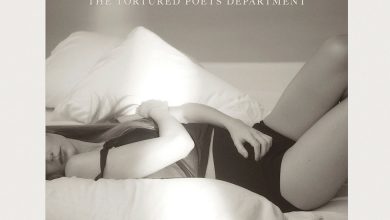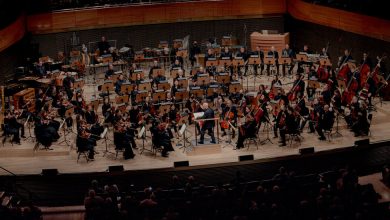Philip Johnson’s Brick House and Its Hidden Boudoir, Exposed

Diptych, dyad, dialectic: The relationship between the first pair of buildings Philip Johnson designed for his estate in New Canaan, Conn., has taxed the metaphorical imaginations of critics and architectural historians since the structures were completed, just months apart, in 1949.
On one side, the Glass House, transparent and entirely self-possessed, a work of modernist daring framed in steel and inspired, as Johnson was only too happy to admit, by the designs of his hero, the German architect Ludwig Mies van der Rohe. On the other, the Brick House, sometimes called the Guest House, hiding behind its inscrutable exterior the bedroom Johnson called his “sex room,” as well as the mechanical equipment serving its more glamorous relative 105 feet away.
Point, counterpoint. You could write a book about the Freudian relationship between the two buildings, linked by a tunnel carrying water and power — a connection Johnson called the “umbilical cord.” And in fact somebody has: Adele Tutter, associate clinical professor of psychiatry at Columbia University, whose 2016 study “Dream House: An Intimate Portrait of the Philip Johnson Glass House” observes that the architect, fully exposed “in his transparent house, nevertheless remained ever-connected to a source of warmth and sustenance, hidden behind a forbidding and impenetrable facade, in a house of earthen brick.”
Yet since 2008 visitors to the New Canaan compound where Johnson lived with his longtime partner, the collector and curator David Whitney, before donating it to the National Trust for Historic Preservation, have arrived to find the Brick House shut up tight.

Visitors touring the Glass House, at rear, 105 feet from the Brick House, with porthole windows, in 1965. Johnson completed them months apart in 1949.Credit…Allyn Burns/The New York Times
Its planned restoration, to address longstanding leaks and water damage, languished even as other structures by Johnson on the rolling 49-acre campus, including the 1970 Sculpture Gallery, got their own updates. In its middle age as in its youth, the Brick House stood mutely by, its feet brushed by a spotlight on the Glass House that never fully turned its way.



